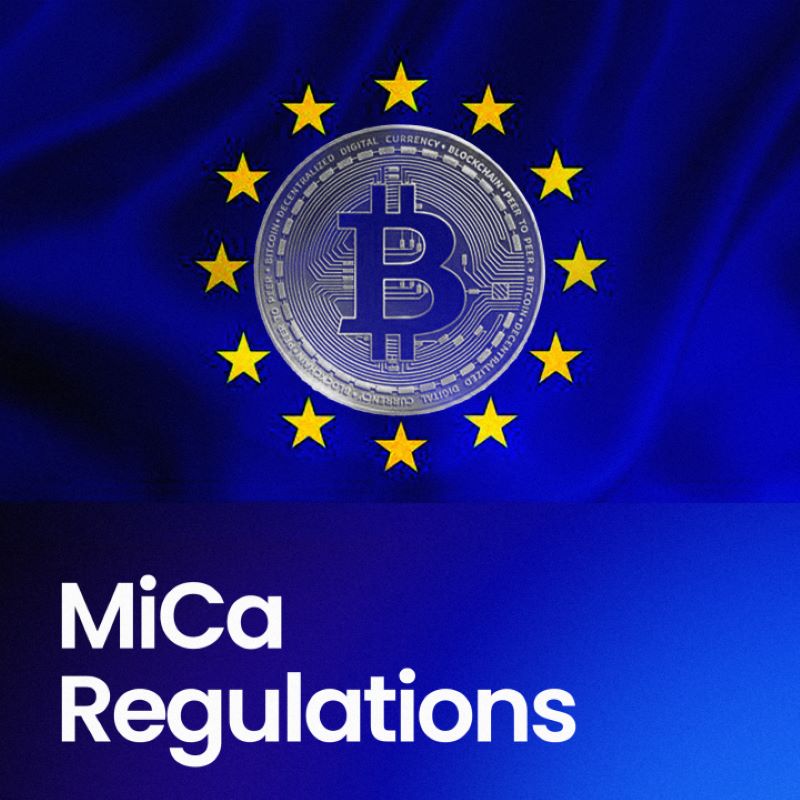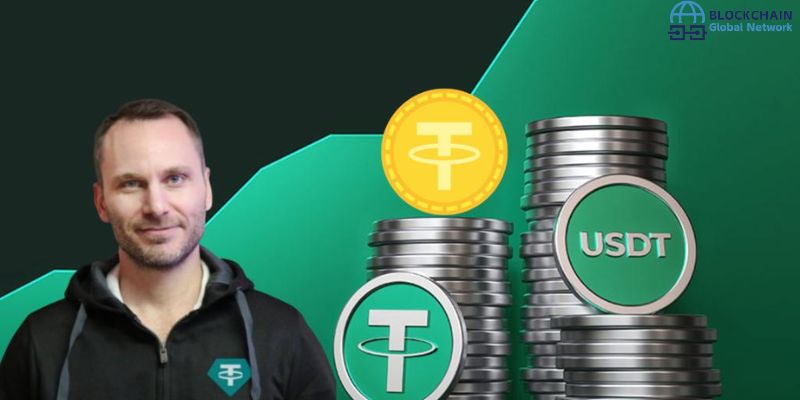Starting from December 30, the MiCA (Markets in Crypto-Assets Regulation) will officially come into effect in the European Union (EU). This marks a significant step towards establishing a legal framework for the cryptocurrency industry, aimed at enhancing transparency and protecting consumers. However, will MiCA create opportunities or become a constraint on the growth of crypto?
The Context Behind MiCA’s Introduction
With the explosion of cryptocurrencies and blockchain technology, the EU recognized the need for a comprehensive regulation to manage the crypto market. MiCA is not just a mere regulatory framework; it reflects the shifting landscape of the digital economy, especially as stablecoins and DeFi (Decentralized Finance) gain traction.

Key Provisions of MiCA
One of the most controversial provisions in MiCA is the requirement for stablecoin issuers to maintain at least 60% of their reserves in European banks. While this aims to ensure the stability of stablecoins, it raises concerns about systemic risk.
- Systemic Risk
The CEO of Tether has pointed out that this regulation could lead to “systemic risk.” European banks often lend up to 90% of their reserve assets, meaning that in times of crisis, the assurance of repayment may not be adequate. This scenario was evident with USDC, which lost its peg to $0.87 in March 2023 when Circle couldn’t withdraw $3.3 billion from Silicon Valley Bank.
- Relocating Operations
To avoid these restrictions, Tether has opted to leave Europe. Many experts worry that if the stringent provisions of MiCA are not adjusted, Web3 companies will “migrate” to regions with more lenient regulatory frameworks, such as the Middle East. This could not only impact the crypto industry in the EU but also diminish the region’s competitive edge in the future.

MiCA: Opportunity or Challenge?
Despite the concerns, the introduction of a regulatory framework in the EU remains a significant advancement in promoting transparency and safety for investors. MiCA is expected to create a clearer legal environment for businesses in the crypto sector, thereby fostering the industry’s growth.
- Enhancing Consumer Protection
One of the major goals of MiCA is to protect consumers. With clear regulations regarding stablecoin issuers, consumers can feel more secure when investing in crypto products. This will also enhance trust in decentralized finance platforms and encourage the development of new financial services.
- Creating New Investment Opportunities
A solid regulatory framework can reassure investors, encouraging them to allocate capital to crypto projects. This could spark a new wave of investment and drive the growth of products and services related to blockchain technology.

MiCA – A Necessary Step or a Constraint?
While MiCA is viewed as a necessary measure to regulate the crypto industry, it also poses challenges for businesses. Adjusting stringent terms and ensuring that this regulation does not stifle the growth of blockchain technology will be crucial in the coming period.
We are living in an era where financial technology is undergoing a significant transformation. MiCA could serve as an opportunity for the EU to become a leading crypto hub, but it could also become a constraint if not applied flexibly and appropriately.
It is hoped that lawmakers will listen to feedback from the crypto community and adjust regulations accordingly, ensuring that the EU does not become a “deserted area” for innovative tech companies. Only time will reveal the accurate answer to this question.
Follow Blockchain Global Network for the latest insights, news, and trends in the world of blockchain and cryptocurrencies. Join our community and be part of the future of finance!

RELATED POSTS
How does blockchain technology help organizations when sharing data
Wondering “How does blockchain technology...
Unraveling the Mystery: Cryptocurrency vs. Blockchain Demystified
Understanding the Difference: Cryptocurrency vs....
The Unique Characteristics of Blockchain Technology – A Guide to Its Power and Potential
The unique characteristics of blockchain...
What is rate limit exceeded on twitter?
What is rate limit exceeded...
Milena Mayorga: Influential person in El Salvador politics
Milena Mayorga, a prominent figure...
Pi Network Officially Listed on OKX – Price Fluctuations and Forecast
Pi Network has officially been...
Nillion Airdrop – Leading the Trend from Testnet to Mainnet
By participating in the Nillion...
The dApp Meaning – The Digital Revolution
Curious about “The dApp Meaning“?...
Not Pixel Airdrop – Optimize Profits from Pixel
To optimize profits from Not...
Who has Andrew Tate’s Crypto Wallet?
Who has Andrew Tate’s Crypto...
Exploring the Growth of the Blockchain Technology Market in 2024
The blockchain technology market is...
Physical Bitcoin: The truth about the top digital currency
Have you ever heard of...
W-coin Airdrop offers a unique tap-to-earn experience
Combined with the powerful TON...
Ethereum ETFs have been approved by the SEC
The recent announcement that ethereum...
How to add binance smart chain to metamask?
If you’ve been asking “How...
What is Animoca Brands? Learn about the Blockchain empire
In the dynamic world of...